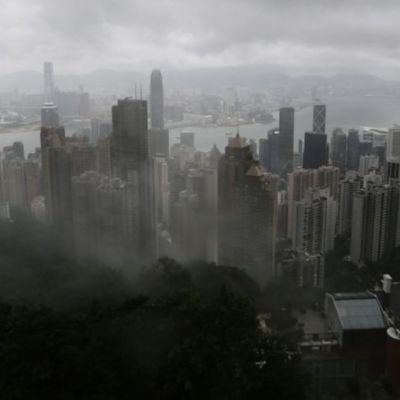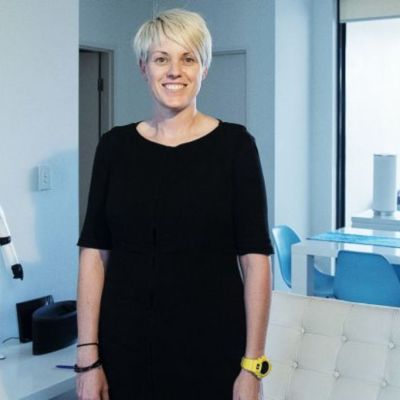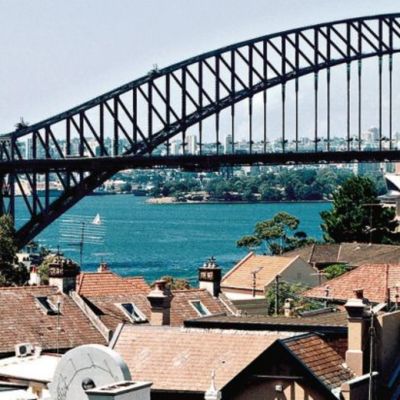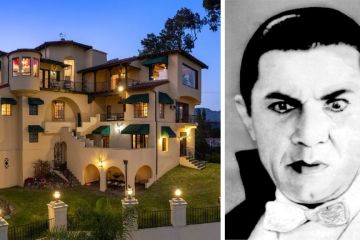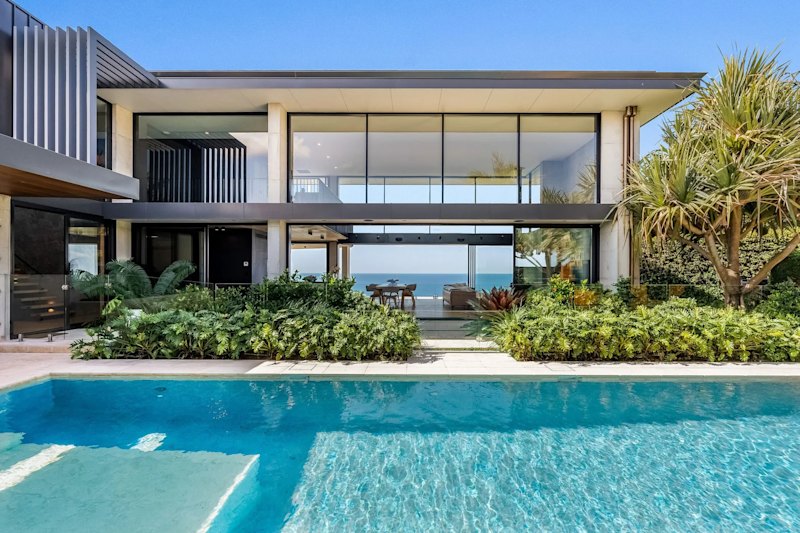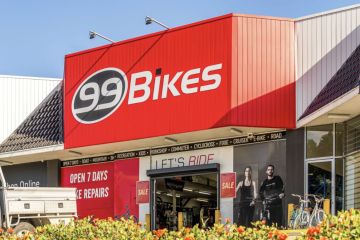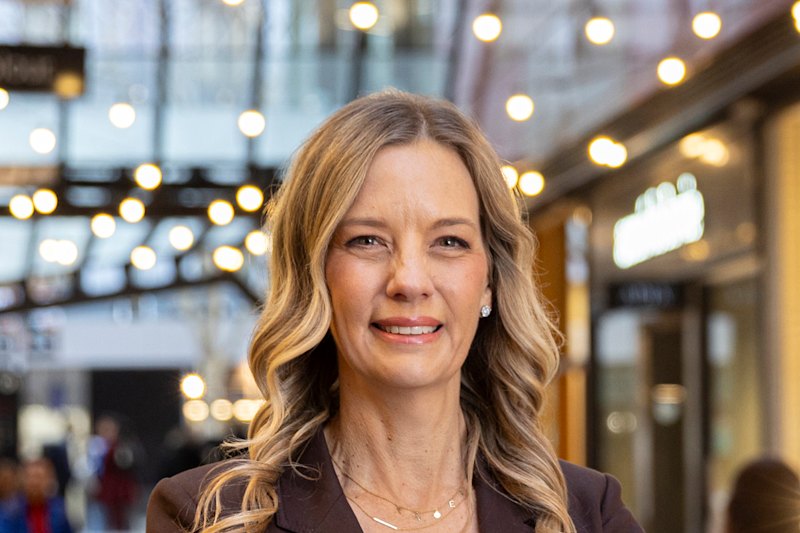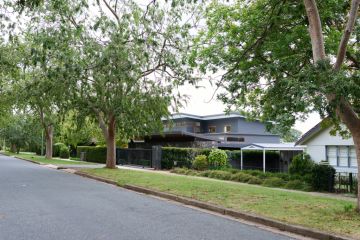Buyers priced out of 75 per cent of Sydney: UNSW
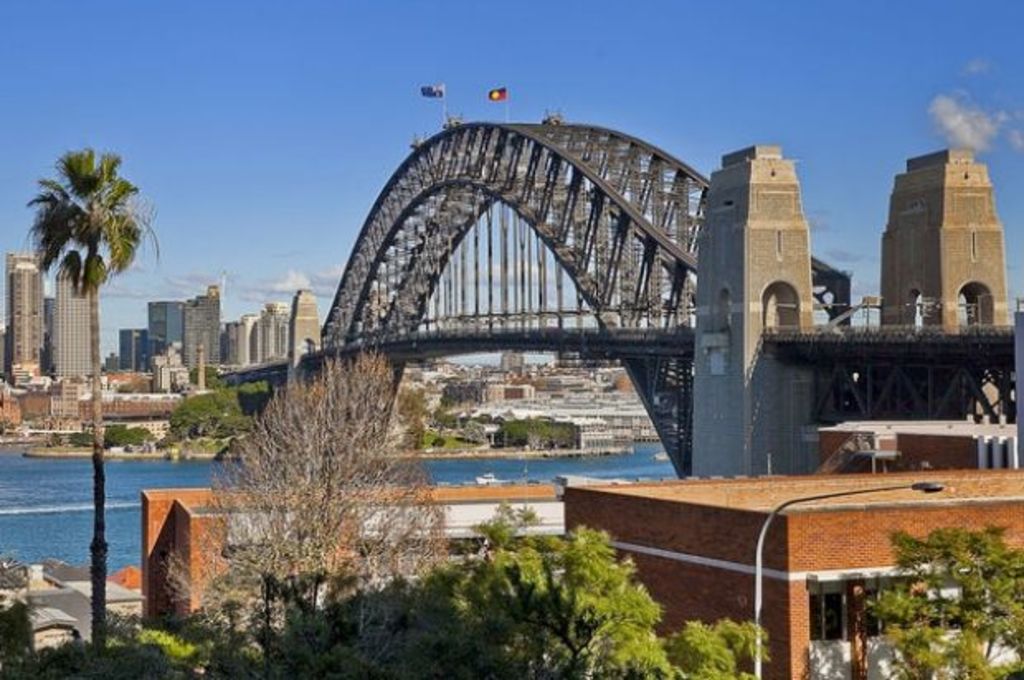
The average home buyer cannot affordably purchase the majority of homes in three-quarters of Sydney, new research from UNSW’s City Futures Research Centre shows.
Ten years ago buyers could comfortably house hunt in swathes of the west, south and north-west for affordable options.
Now only a sliver of affordability remains, including a small collection of postcodes towards Penrith and in the Canterbury-Bankstown area.
The sliver will disappear as new infrastructure occurs around the south-west rail line and the area becomes more sought after, City Futures Research Centre director Bill Randolph said.
Development totalling 36,000 apartments is expected on the Bankstown rail line within the next 20 years.
“We’re at a tipping point where Generation Rent will remain Generation Rent forever,” he said.
The analysis considered unaffordability as when more than 30 per cent of a household’s income was spent on mortgage repayments.
To avoid spending more than 30 per cent of an average household income, of $100,000 in 2015, the maximum purchase price for an average home buyer was $513,180.
In 2005, based on an average household salary of $71,700, half of Sydney’s postcodes had more than 20 per cent of sales at an affordable price.
By 2015, based on the relevant average salary, three quarters of suburbs had less than 20 per cent of home sales at an affordable price.
Traditionally, home owners looking to get onto the ladder affordably were “pushed further down the train line”, Dr Randolph said, but even homes in far-flung suburbs have become unaffordable.
iFrameResize({resizedCallback : function(messageData){},checkOrigin: false},”#pez_iframe”);iFrameResize({resizedCallback : function(messageData){},checkOrigin: false},”#pez_iframe”);
Although first-home buyers are typically told to look further west, such as the City of Blacktown, just 25 to 30 per cent of homes were affordable in 2015, compared to 70 to 75 per cent in 2005.
To buy a house in Sydney requires deep pockets, but buying within 10 kilometres of Sydney CBD has an automatic $1 million starting point, Domain Group chief economist Andrew Wilson said.
The cheapest suburb within 10 kilometres of the city is the inner western suburb Tempe with a $1,065,000 median price, while within 30 kilometres the cheapest suburb was Bankstown’s Yagoona at $800,000.
“[The prices are] a testament to how crowded and compressed Sydney is,” Dr Wilson said.
“Even 60 kilometres out people are snapping up very small new homes for $600,000 each in some areas.”
Director of Curtin University’s Australian Housing and Urban Research Institute (AHURI) Steven Rowley said not all employment was located around the CBD and some will commute long distances “but generally access to employment and safety and security are the features households look for”.
“New supply has picked up in response to price growth but the unprecedented levels of demand from investors, both domestic and overseas, and owner occupiers, who do not want to get left behind by the price growth, have fuelled rises in the established market,” he said.
Taxing landowners on increases in value generated by rezoning or development approval, then using this revenue to deliver affordable initiatives, could be an option.
He also pointed to the possibility of making it a requirement that developments including a proportion of affordable homes.
“Without some sort of intervention, the only way housing will become more affordable is a sustained drop in rents and prices allowing incomes to catch up,” he said.
We recommend
States
Capital Cities
Capital Cities - Rentals
Popular Areas
Allhomes
More
